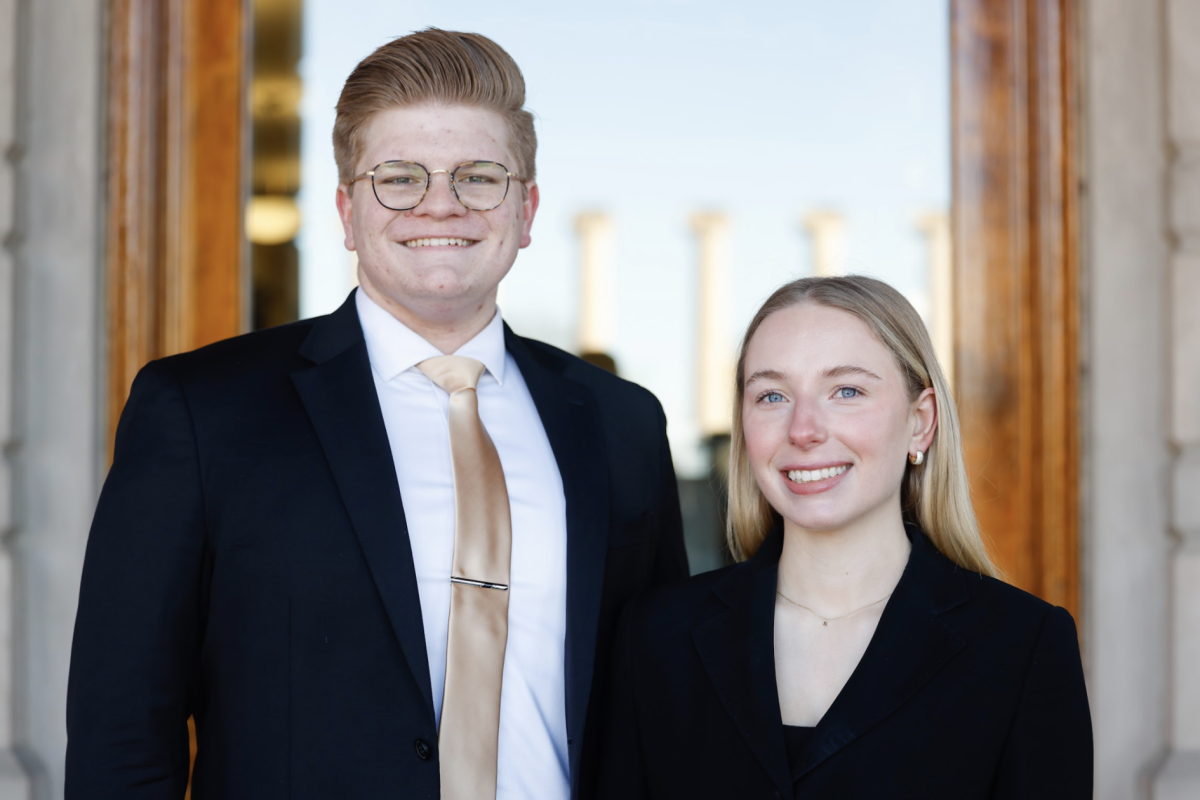Ridding Pickard Hall of radiation will cost at least $10 million, said Gary Ward, vice chancellor for administrative services.
Ward presented three options for decommissioning the building to the Faculty Council on Tuesday.
He said the first option of saving the building would cost approximately $13.3 million and take over five years. Demolishing the building after remediation, which was the second option, would cost around $10.2 million over six years.
The final option is to label the entire building as radioactive and demolish it, which would cost about $10.7 million and take nearly five years.
Ward said it is possible that the building may not be habitable even after the remediation.
“It’s important to note that saving the building does not mean it will be usable,” he said. “I am warned by everyone in the radiation (field) that … (having) remediated the building doesn’t mean that in another 5-10 years, something else will not come back.”
Ward said it is unclear which option will be most viable at this time because the tests done so far are “inconclusive.” Because most of the radiation is in the wooden walls and structure of the building, further testing will need to be completed.
There are two steps for MU to take before decommissioning the building.
First, MU must submit a characterization plan, which identifies the contaminants and their origins, to the Nuclear Regulatory Committee by March 31, 2015.
Ward said MU will hire a consulting firm, which will be paid between $75,000 and $250,000, by Oct. 10 to help draft the plan.
It could take the NRC up to a year to review and approve the plan. Ward said MU will implement the full survey of the building, which could cost $1-5 million, once the plan has been approved.
He said results of the survey will be used to determine the appropriate decommissioning plan for Pickard.
MU spokesman Christian Basi said the university has been aware of the radiation since the 1970s.
“We have known about the building’s radiation for a long time, and we’ve been constantly monitoring it,” he said. “We feel that we have been taking a very proactive approach to make sure everyone is safe.”
The NRC [ordered MU in 2009 to present a plan to decommission the building](https://www.themaneater.com/stories/2011/6/24/mu-requests-extension-response-pickard/), which was used to study naturally-occuring radiation in the 1900s.
Radiation in the building has been measured at 13 millirem, which the NRC said was not a dangerous level. Ward said the groundwater beneath the building has probably not been contaminated.
The Museum of Art and Archaeology, which was previously housed in Pickard Hall, was relocated to Mizzou North, an off-campus building that was the former site for the Ellis Fischel Cancer Center.
The decision to move the museum off-campus was made by Jackie Jones, former vice chancellor for administrative affairs and was met with heavy criticism from [faculty and staff](https://www.themaneater.com/stories/2013/11/6/expansions-renovations-isolate-certain-parts-mu-ca/), who were not consulted during the process.
“Because we had to move due to radiation, the university was in a very difficult position because there was nowhere to move the museum as a whole,” Museum Director Alex Barker said. “It’s difficult because the collections needed to stay together and can’t be fragmented, and nobody knows what (the testing) will cost or what the time frame will be.”
Barker said the museum initially planned to reopen by the fall semester, but a delay in the moving process will likely keep the doors shut until late January.














